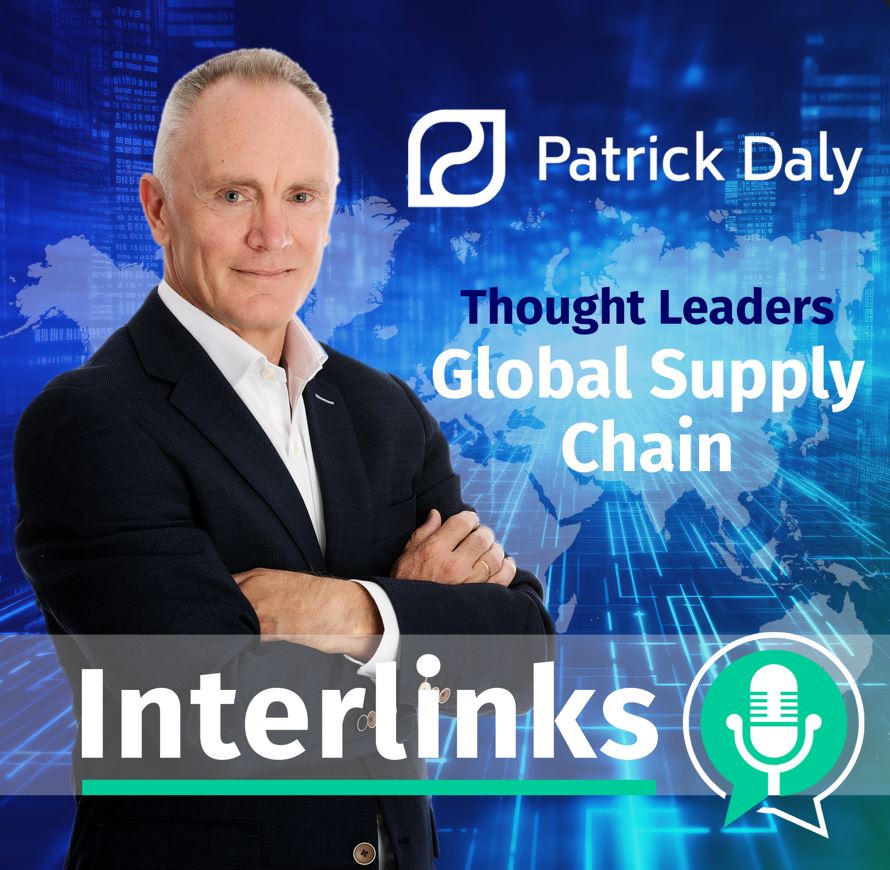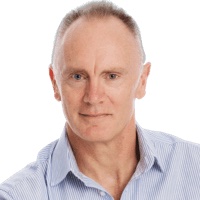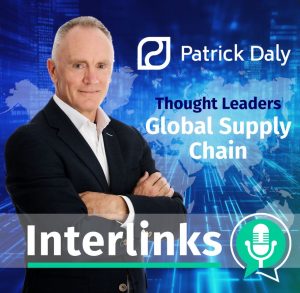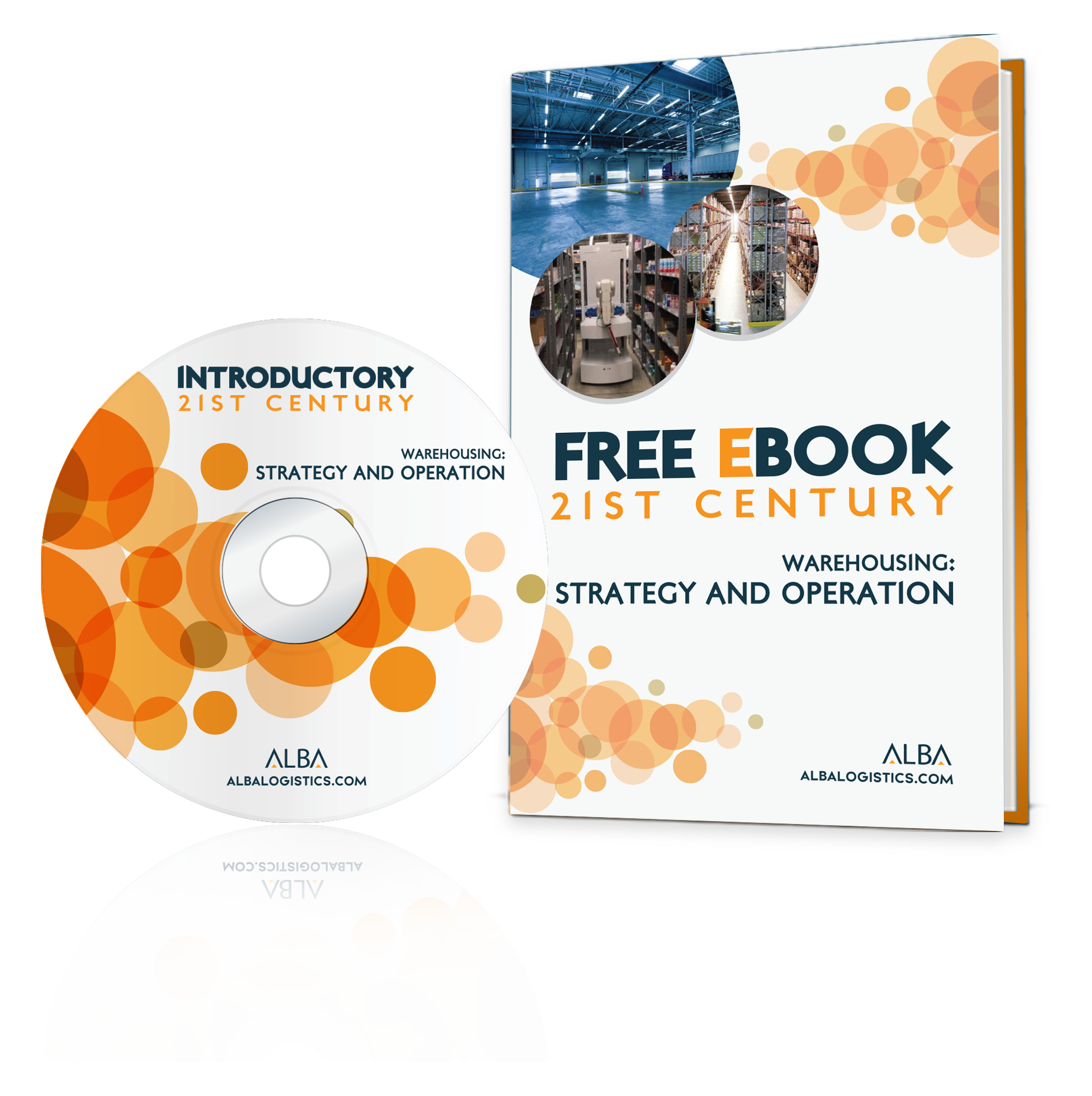
Clarifying Machine Learning and Generative AI
Conversation with machine learning engineer, data scientist, and CTO of Jugged Mountain, Pratik Baral to clarify in layman’s terms what is going on right now in the world of Machine Learning (MI) and Generative AI (GenAI).
In this episode of Interlinks, host Patrick Daly converses with Pratik Baral, a machine learning engineer, data scientist and CTO of Jugged Mountain, about Pratik’s journey from Nepal to the forefront of AI and machine learning innovation in California, USA.
They discuss the practical applications of AI in various sectors, including healthcare, and delve into the future of AI and machine learning, highlighting the potential for AI to streamline business operations and reduce costs.
Pratik shares his personal story with Patrick, reflecting on his transition from mechanical engineering to data science, and his ambitions to help businesses navigate the complexities of AI integration through his company, Jugged Mountains.
Click here to read transcript
Hello, this is Patrick Daly and welcome to Interlinks. Interlinks is a program about connections, international business, supply chains, globalization, and their effects on how we live, work, and travel in the world today. And today on the show, we’ll be talking to Pratik Baral, a freelance machine learning engineer based in Irvine, California in the US. So Pratik’s current work involves making DS solutions available to clients in whatever way they need them. So his experience in this space extends to a range of sectors including energy, utility, supply chain and logistics, banking, talent sourcing, worker compensation, and wealth intelligence. So Pratik is originally from Nepal and has been in the US I think since about 2018.
And Pratik and I met first about 11 years ago and worked together actually for several years. So Pratik helped me remotely on a series of consultancy projects at that time with range of clients doing data analysis work for warehouse and distribution center design and other logistical applications. And we’ve been in contact on and off over the years since then. So Pratik is now operating in the field of machine learning and artificial intelligence. This is a space we’re hearing more and more about in the media and it’s affecting our lives in every way, from politics, to travel, to health, and even to our job applications. So welcome Pratik, and thank you very much for being here with us again today.
Pratik Baral: Thank you, Patrick. I’m very happy to be here.
Patrick Daly: So how are you keeping?
Pratik Baral: I’m doing well. It’s busy with a lot of development in the AI space, but been very, very good.
Patrick Daly: Excellent. So it seems that you and I were pioneering remote work back in 2014, 2015, long before people had even heard of COVID or locked down or Zoom, what about that?
Pratik Baral: Yeah, right. I mean we were pioneering in that front and it actually, it worked out pretty well despite us [inaudible 00:02:24]-
Patrick Daly: I think at that time we used to use Skype. Isn’t that right? There was no Zoom then was there?
Pratik Baral: It was Skype and email.
Patrick Daly: Yeah. Yeah. And it worked fine. You were in Nepal and I was in Dublin, and that’s the way we did it. So to kick things off then, Pratik, could you give our listeners maybe just an overview of your career to date. How did a young man from Nepal end up working for himself in the field of machine learning and artificial intelligence in the center of the world of innovation in California and the USA? How did you do that?
Pratik Baral: Actually, I have to thank you for that, Patrick, because you see my background, when I started working for Alba, I used to be a mechanical engineer. But because I got hands-on with data analytics and I got familiar with the value it can provide, I actually was transforming myself into a data scientist at that point. And then that was around the time when Forbes said data science is the sexiest job of the 21st century. And I was looking to progress my academic career in that as well. So I came to the US, did my master’s with a focus on data science, and then moved my career forward by seeking jobs in that sector. And with everything that has happened in the world so far and me working in this space, I have worked in different fronts and eventually landed here in California.
Patrick Daly: Okay. So where did you do your masters in the US?
Pratik Baral: I did my masters in the University of Texas at El Paso.
Patrick Daly: Okay, so for you that was a big jump to move to the US from Nepal, and I guess you took some risks in doing that, right? So you had student loans and all of that type of thing. So it was a brave thing to do, right?
Pratik Baral: Yeah, it was and scary as well, but things worked out because I got to get involved in research and the university would pay for the research work I did. And eventually the student loan I took out, it didn’t end up being as big as I had expected it to be at the beginning.
Patrick Daly: Okay, excellent. So tell us what actually is, because we hear these terms and for those of us who are not expert in the area, what’s the distinction between machine learning and artificial intelligence? Is machine learning actually a subset of the wider AI spectrum?
Pratik Baral: This words also kind of evolved, but at this point a lot of people, they take AI, artificial intelligence as a superset where when people say machine learning, they’re usually referring to the classical machine learning techniques. And now everything that is not classical within the AI space, it’s AI and everything that is a little bit traditional forecasting and prediction based algorithms, they are called machine learning.
Patrick Daly: Okay, I see. And now without breaching any client confidentiality, what kind of applications are you working on currently and what are companies looking to do with these technologies and how are you helping them to do that or how are you helping them with this?
Pratik Baral: So right now, as you can imagine, there’s a lot of enthusiasm around generative models, especially language models like ChatGPT. And one of the clients that I’m helping with, they’re also very interested in this space. They work in the healthcare domain, mostly as a medical provider like EMR services. And there people are looking to automate all kinds of things that deal with writing text. So one of the areas that have been pretty hot in the healthcare space is trying to reduce the burnout on doctors because they have to write a lot of these doctor patient notes. And right now, one of my focus has been on trying to help this company get a doctor patient visit from a recording to a clinical note that the doctor would write normally to the help of a person called Scribe. But now maybe with the help of AI assistance, I would say.
Patrick Daly: Excellent, excellent. Any other interesting applications and what exactly are you doing in delivering those types of solutions?
Pratik Baral: So I actually work in all phases of machine learning and model development, but right now my focus is mostly on infrastructure and scaling. So what I do is I am helping them with the model training infrastructure because they use a lot of compute resources and being smart there saves time and money. And then once a model is trained, people want to use the training model and deploy it so that it can be used as an AI assistant. And that’s where I help with, again, provisioning the right infrastructure and scaling it the right way so that there’s value delivered both in terms of cost savings and also the value realized from the model itself.
Patrick Daly: So Pratik, how do you see the AI space evolving in the future? And what should business owners and managers who are not technologists, what should they be aware of as regards to the opportunities and the threats posed by these technologies?
Pratik Baral: Yeah. So this is actually an exciting time if you have a business who is interested in getting into the AI space, because previously you needed to hire a team of data scientists, engineers, machine learning model work, be pretty easily list, and then have a model manifested requirements for the application into code. And that is evolving right now. So they have this concept of AI agents, so imagine ChatGPT model with a persona of a software developer or an engineer or a project manager, all of them separate talking to each other and then taking the goals and the requirements that you said in plain English and then delivering that by real time execution. And once they meet all the requirements, then the code is handed over to you. So now you could actually do what you needed. Let’s say previously if you needed 10 people to deliver an AI product, now actually you might be able to do it with… freelance a few people, like two or three.
Patrick Daly: Okay, with two or three people. Excellent. So what would you consider… maybe just turning our attention to you. Because although you’re still a very young man as such in your career, and you’ve got a lot to go and lots of things to do, you’ve come along a route and you’ve been through a few ups and downs. So what would you consider to be your most important characteristic? And I guess it’s leadership characteristic that’s enabled you or sustained you through your career and your progression to date, say from your childhood in Nepal through your studies there and in the US and your various jobs and roles that you’ve taken on over the years. So what’s the characteristic that you always look to keep you going on your journey?
Pratik Baral: Okay. So I would say I have been an embracer of this philosophy. Change is the only constant. And with that, I have been always on the lookout for what is the next change that’s going to be, and especially in this world of data science, there are new papers written every day. Every day there is something new, exciting happening, something new, some new development, something that make it fast and then they become really big, like these large language models. Some of them, they kind of just get lots in space and time. But keeping at the forefront, understanding that change is the only constant, and then seeking and having a learning mindset. I think that kind of got me along this journey. And then still, I think there’s a lot of things to be seen and experienced here.
Patrick Daly: Okay. What plans or projects then do you have for the future given this experience now that this hands-on experience you’re gaining? What is probably the cutting edge of this technology?
Pratik Baral: So right now I have been working with clients and customers, but I kind of want to scale that out. I see a world where a lot of businesses, they would need a lot of value delivered through AI. And a lot of them, they don’t know where to begin with. And I’m thinking of working in that space where I can help them, work with them, understand their requirements, and then help them get onboarded into this AI journey, whatever shape it might be. And for the bigger enterprises, easily, I’m looking for value adds, especially in terms of optimization, cost-effectiveness, and overall expense reduction. Because AI can be pretty expensive if it’s not done right.
Patrick Daly: So in essence then you’re looking for companies that have challenges or use cases that would come to you with the use case and then you would help them to apply these technologies to resolve their issues and add value, do things more efficiently, cut costs, and so on. Am I understanding you correctly?
Pratik Baral: Yes, you got it. Or it might be like some of my existing customers, maybe through word of mouth, if they are new clients, if they come to me, then I would be willing to help in that space as well.
Patrick Daly: Okay. So would you be working as a consultant in the industry? You’re building a company where you’ll have a team to do this or how do you envisage that happening?
Pratik Baral: Yes. Right now I have this company called Zugged Mountains. I have been a little bit small in providing handling one or two clients with me being the intellectual center, the only intellectual center at this point. But down the road I see myself having more people like me and then [inaudible 00:14:22]. The whole thing.
Patrick Daly: So what plans or projects do you have for the future given the hands-on experience that you’re gaining at the cutting edge of this area of technology?
Pratik Baral: So I have this company Zugged Mountains and I have been helping a handful of clients, center of intellectual requirements for the company. But down the road I see myself having more people like me and helping more customers in their AI journey.
Patrick Daly: Okay. And so in your journey from Nepal to America and different way of life in those different countries, what’s the most interesting difference about life in Nepal and life in the US that you’ve experimented and what’s been the greatest challenge for you transitioning between the two?
Pratik Baral: There were a lot of challenges. So initially, despite me being well-versed, of course, this was still my second language. So that was the first challenge. And then the second challenge was in Nepal, I had kind of reactive mindset It, I used to react to things. I used to expect life would happen to me, but here in the US I learned that it should be proactive and plan, things don’t happen, you make them happen. So that’s the kind of mindset I had to change, with that the rest quick and easy.
Patrick Daly: Then outside of work, what kind of things do you like to do?
Pratik Baral: I like traveling actually. I could just hop on my car, go to new places and skip traveling forever. So whenever I have time, that’s what I try to do. Go see new places, try to talk to new people.
Patrick Daly: Have you visited anywhere interesting over the last year or so?
Pratik Baral: Yes, I have actually probably already visited close to maybe 35 plus states. Every chance I get, I just either hop on a plane or get in the car and then just go to a place I haven’t been.
Patrick Daly: What’s been the most interesting place you’ve seen so far in the US?
Pratik Baral: The most interesting place was I would say New Mexico. It’s kind of encompasses both the sun and desert. It touches Mexico and then it goes up where it touches Colorado. The way people draw Mexican origin, people like white American people, different kinds of people, but all of them living in so many different styles in the desert, people are living very differently than in the mountains and just the way of life. It’s something you would not really think that’s very American if you based your perspective based on what you see in the movies. But in reality, that is real America, right? So that was really interesting and very spiritual as well.
Patrick Daly: Okay. Did you happen to visit the Santa Fe Institute when you were there?
Pratik Baral: I went to Santa Fe. I visited their museums, but not really the institute though.
Patrick Daly: Yeah, yeah, it’s an interesting place. They do a lot of studies around complexity theory and stuff like that. So yeah, maybe for next time. Are you reading or listening to anything at the moment, books, podcasts, for example, that you’d recommend to listeners?
Pratik Baral: I would say your podcast is actually a pretty good place. You get to [inaudible 00:18:31], you get to hear from people that cone from-
Patrick Daly: Thank you for the plug. Thank you for the recommendation. And where can listeners find out more about your work and your services in machine learning operations?
Pratik Baral: So I have this website, Zugged Mountains, J-U-G-G-E-D, and [inaudible 00:18:58] Mountains.
Patrick Daly: Sorry, what’s the name of that again, Pratik?
Pratik Baral: It’s Zugged Mountains. J-U-G-G-E-D, Zugged and mountains.com. That one [inaudible 00:19:11]-
Patrick Daly: juggedmountains.com?
Pratik Baral: Yes. And it’s a site under construction and we’ll add more pages and content to it, but that would be a landing page where people can find more about what I’m doing and they can reach out to me.
Patrick Daly: Excellent. So many thanks, Pratik, for being here with us today. It’s been an absolute pleasure to chat to you.
Pratik Baral: Yeah, thank you so much, Patrick. It was absolute pleasure as well.
Patrick Daly: Thanks also to our listeners for tuning in again today and be aware that if you enjoyed this episode, you can find the full series of over 140 episodes of Interlinks on Spotify, Apple Podcasts, Acast, and other major podcast platforms. So until next time, keep well and stay safe.

Interlinks is a programme about the connections, relationships and supply chains, that underpin the globalisation of our modern world.
In each programme, we interview people from around the world including entrepreneurs, executives, academics, diplomats and politicians to get their unique perspective on globalisation as it has affected them both personally and professionally.
There is a little bit of history, a dash of economics, a sprinkling of business and an overlay of personal experience both from me and from my interviewees from around the world.



